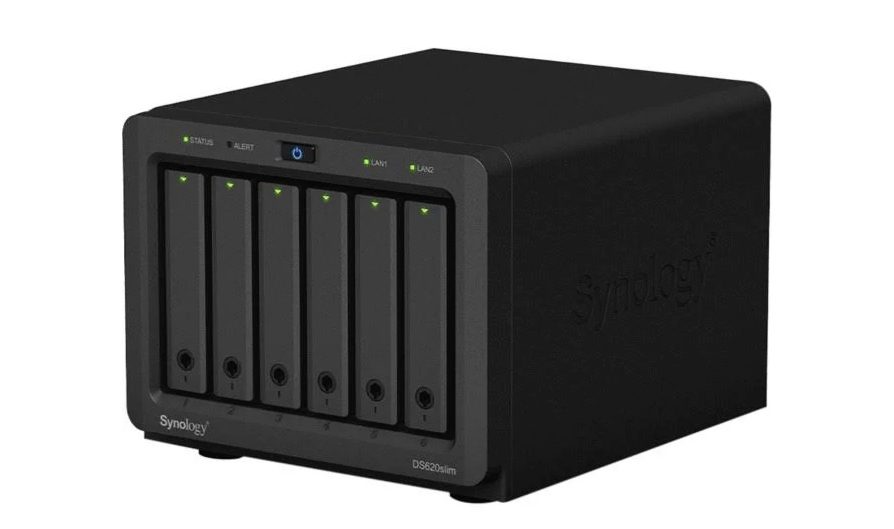If you spend much time around computer scientists, you will likely head the term RAID on a semi-regular basis. No, the computer scientist you have been spending time around is not talking about the insecticide. They also aren’t talking about raiding the storage room of a competing tech company. Well, to be strictly accurate, they may be talking about these things, who knows, there might be ants in the office where this person works, but it’s unlikely. What’s more likely is that these people are talking about RAID storage systems.
What is RAID?
RAID stands for redundant array of independent disks, and RAID storage systems are a widely used electronic data storage system among corporations. RAID storage is also used by small businesses and medium sized businesses, or even by individuals who have expansive storage needs, but RAID storage is likely an essential component of a vast majority of large corporations. RAID systems are flexible. There are a number of configurations that RAID can utilize. A few of the most popular are RAID 0, RAID 1, RAID 5, RAID 6, RAID 10, and RAID 50. If you are interested in learning more about RAID, the following article provides a great overview that answers the question What is RAID 0. There is also a wealth of content around the internet explaining additional RAID levels and the technical details of what is happening in each.
History of RAID
RAID storage was first envisioned in 1987 when computer science researchers at the University of California at Berkley named David Patterson, Randy Katz, and Garth A. Gibson developed a hypothesis that inexpensive hard drives assembled in an array could provide superior performance to the best mainframe disk drives that were available in 1987. These three computer science researchers wrote an academic paper to abstract on their idea. This paper was released in 1988 and was titled A Case for Redundant Arrays of Inexpensive Disks (RAID). The paper was first released to the public when the University of California at Berkeley researchers gave a presentation on the paper at the 1988 SIGMOD conference. The SIGMOD conference is affiliated with the Association for Computing Machinery, and the acronym SIGMOD stands for special interest group on management of data.
Why was RAID Necessary?
While the concept of assembling a complex RAID storage system is well beyond the capabilities of a majority of consumers today, fortunately building a RAID system is hardly necessary for most individuals. The reason the term is still necessary, is that businesses still reap benefits like improvements in performance and data redundancy from going to the lengths required to setting up RAID storage. In 1988 when this paper was published, the technology for storing electronic data was far less advanced than what is available in 2022. If you are thinking the technological progress that allowed for data to be stored more cost effectively improved in a short span of time due to a single breakthrough in building the devices, you would be mistaken. This progress has largely been steady improvements at a roughly constant pace. In fact, there’s even a “law” that describes the process of technological progression, called Moore’s law.
Moore’s Law and RAID Storage
According to the cofounder of Fairchild Semiconductor, Gordon Moore, the number of transistors that can be fit on an integrated circuit will double roughly every two years. It is important to note that this “law” is more akin to a “law” in sociology, economics, or psychology than a law of physics. There is no hard science supporting Moore’s law, but instead historical data on the number of transistors on integrated circuits (ICs) that can be plotted with the number of transistors on the y-axis and the date on the x-axis. This trend has largely remained steady but appears to be slowing down as of the late 2010s and early 2020s.





























